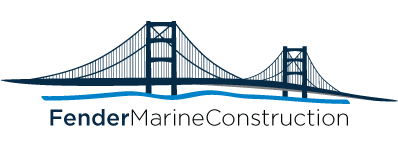 Seawalls are major constructions that are used to reflect wave energy coming into the coast in order to preserve or maintain the coastline. There are three basic seawall types, depending on the needs of the area, the general energy of incoming waves, and the desirability of ‘hardening’ the coastline. Consider the wave energy, the ecological needs, and the human traffic of your coastline as you decide whether a seawall is right for you.
Seawalls are major constructions that are used to reflect wave energy coming into the coast in order to preserve or maintain the coastline. There are three basic seawall types, depending on the needs of the area, the general energy of incoming waves, and the desirability of ‘hardening’ the coastline. Consider the wave energy, the ecological needs, and the human traffic of your coastline as you decide whether a seawall is right for you.
The simplest and oldest type of seawall is simply a solid, vertical seawall. These have been constructed for centuries and are generally what most people think of when the word ‘seawall’ is used. While durable, intense storm activity or high-wave energy over time can damage the wall or even erode beneath and undercut the wall.
Curved seawalls are built with a concave shape in order to dissipate and redirect even more wave energy. These curves are usually more complex to engineer, but generally do a better job at reducing the incidence of overtopping and the turbulence of reflected waves. As with all seawalls, they can become undercut over time as the reflected waves scour the loose material at their base, eventually leading to undercutting.
Mound seawalls are often mostly riprap or revetment, and are better for low-energy environments. These are used mostly to ‘armor’ the shoreline and minimize erosion, and they are occasionally porous.
At Fender Marine Construction, we specialize in creating the best in marine construction. We make sure we’re always using the best designs, materials, and workmanship in order to ensure the best final product for you and your needs. We aim to create marine construction of all types that is functional, beautiful and long-lasting, so you will be able to enjoy both the water and the shore for many years to come.
